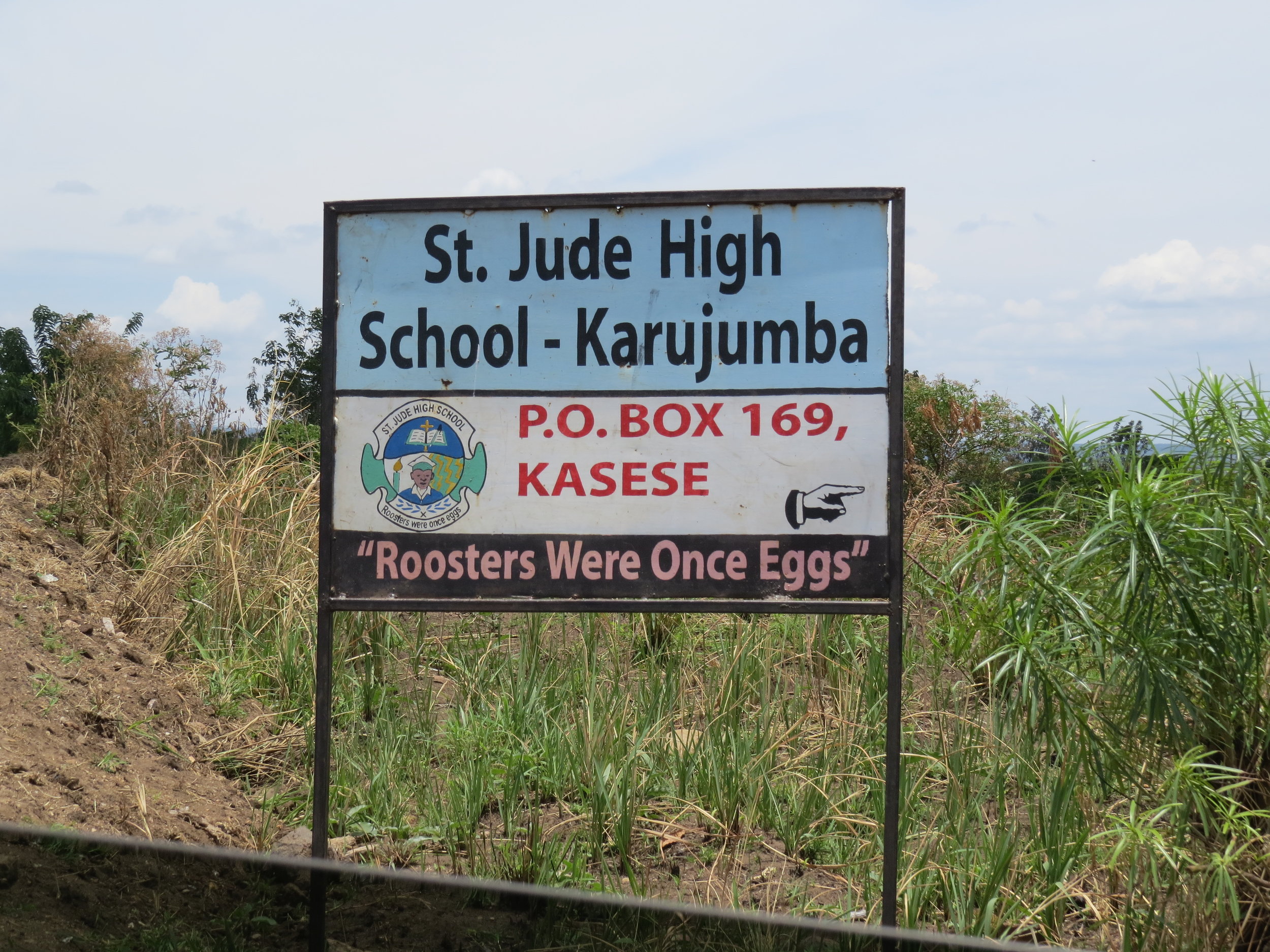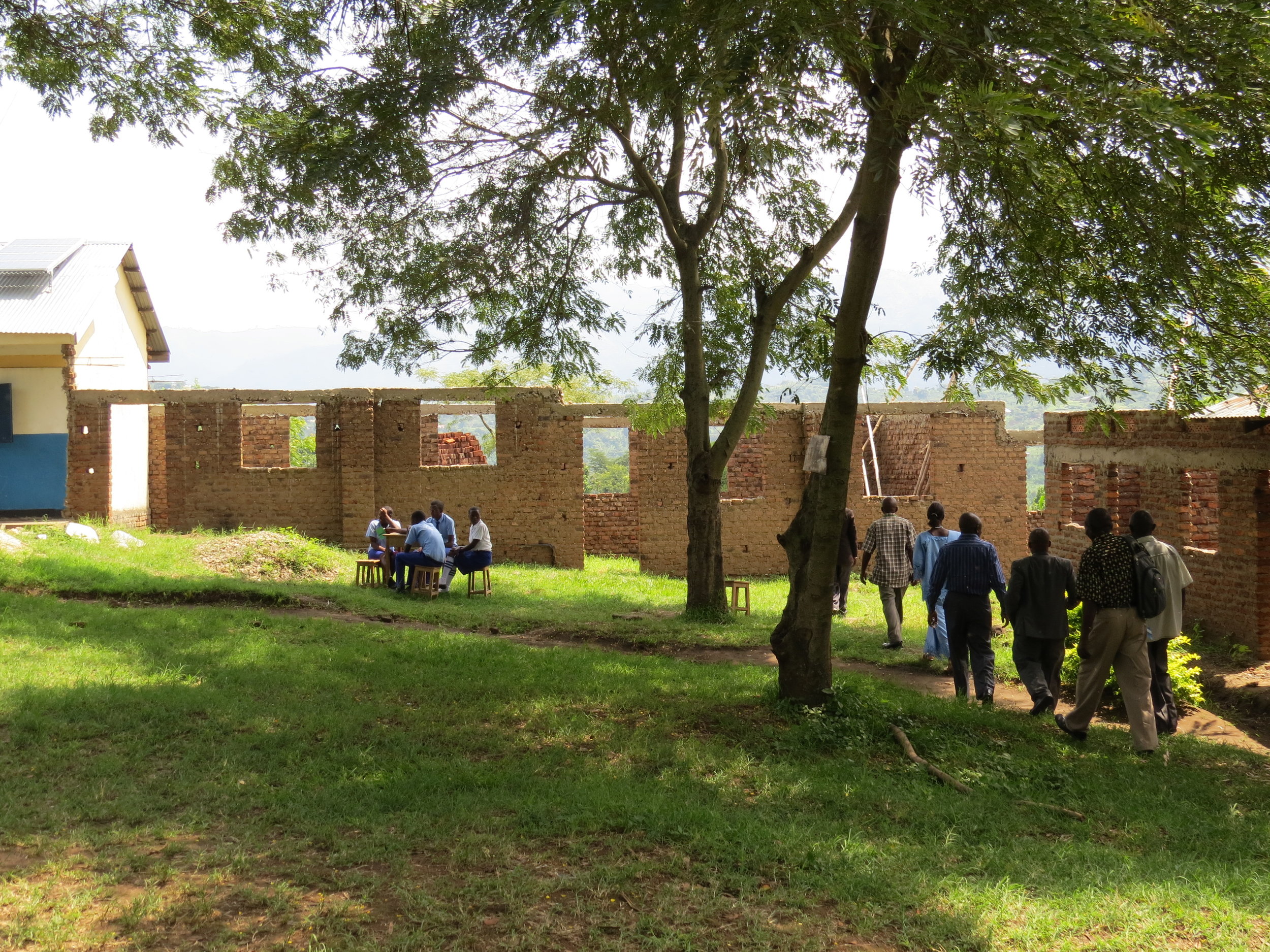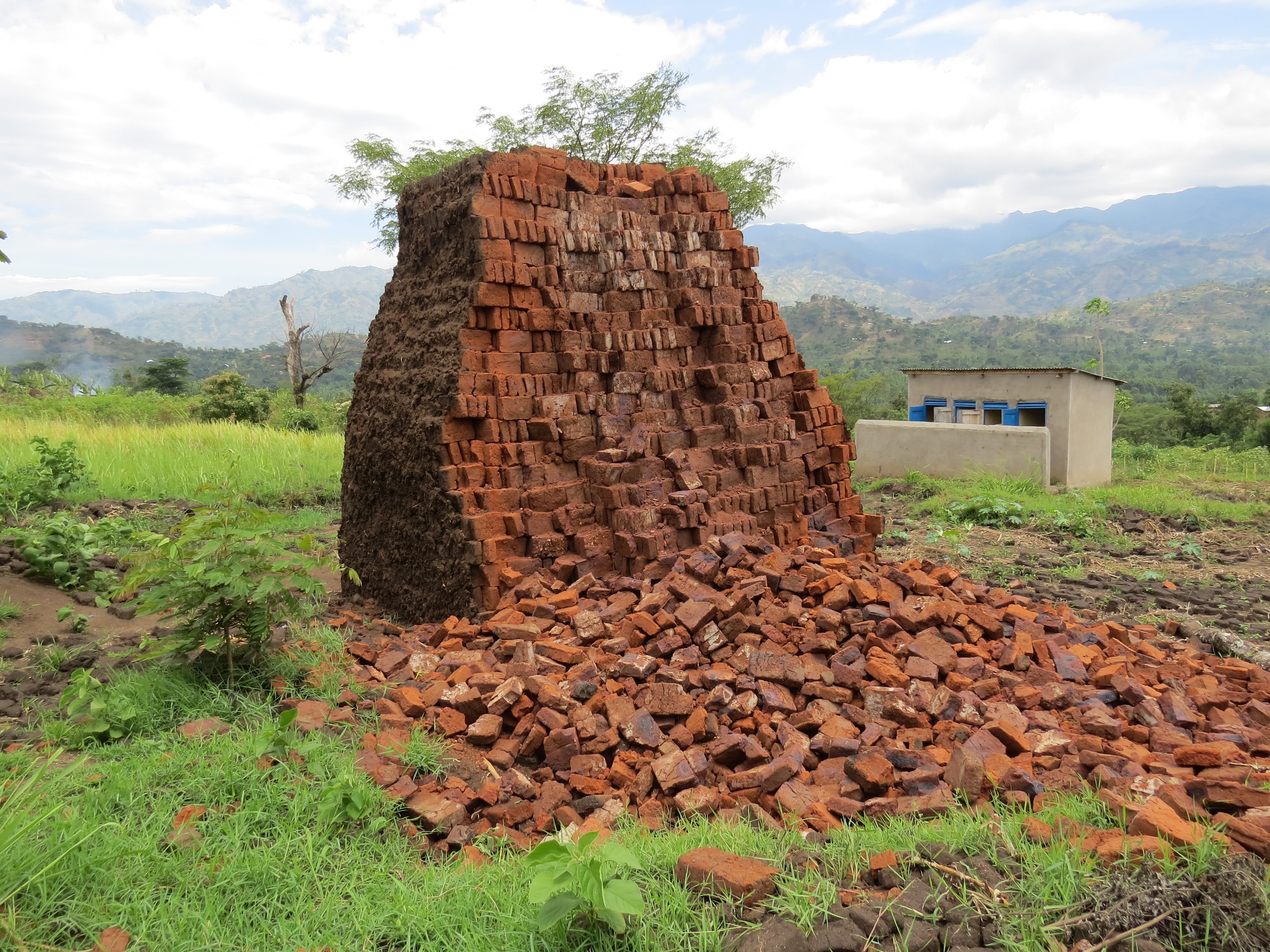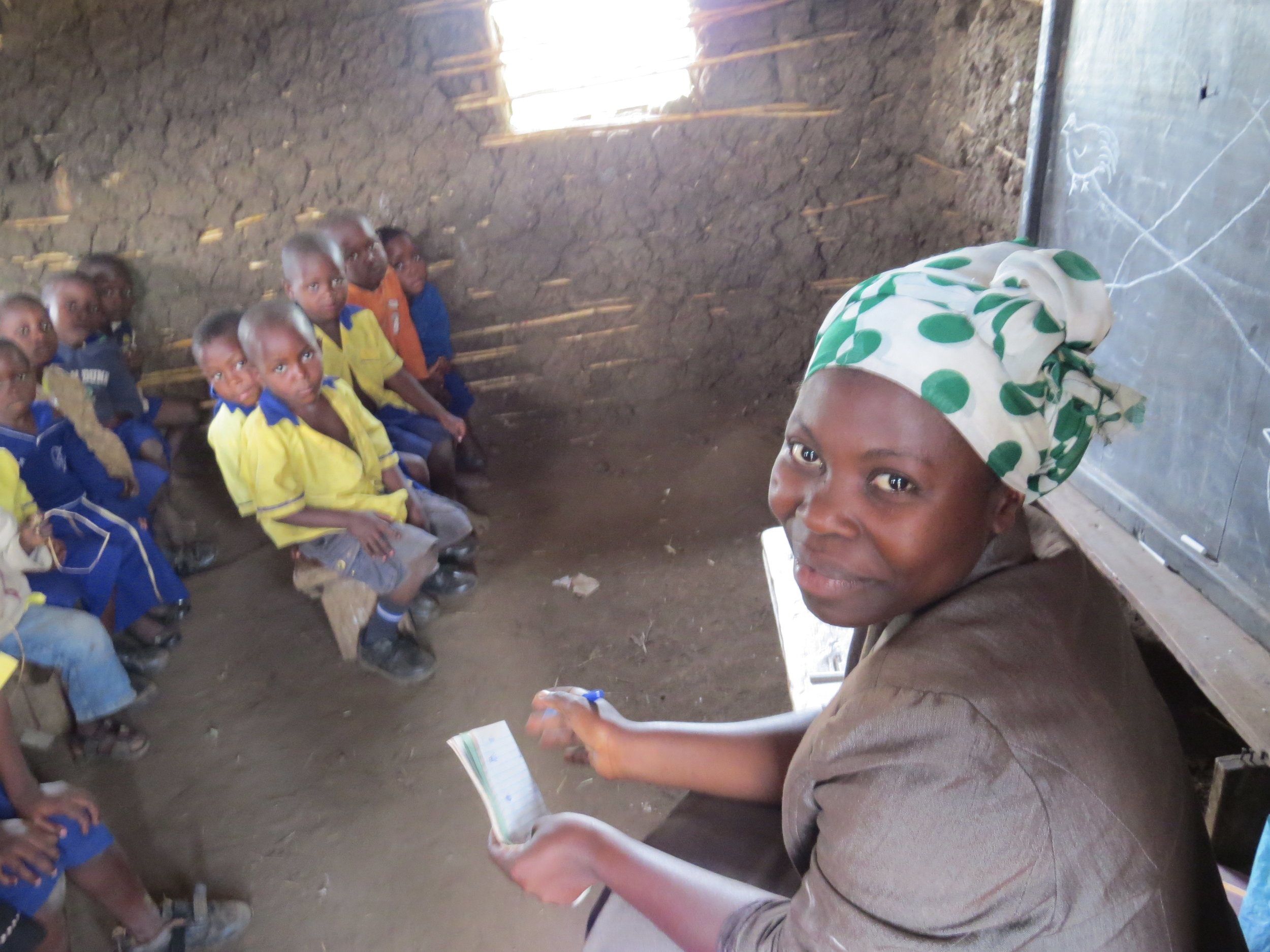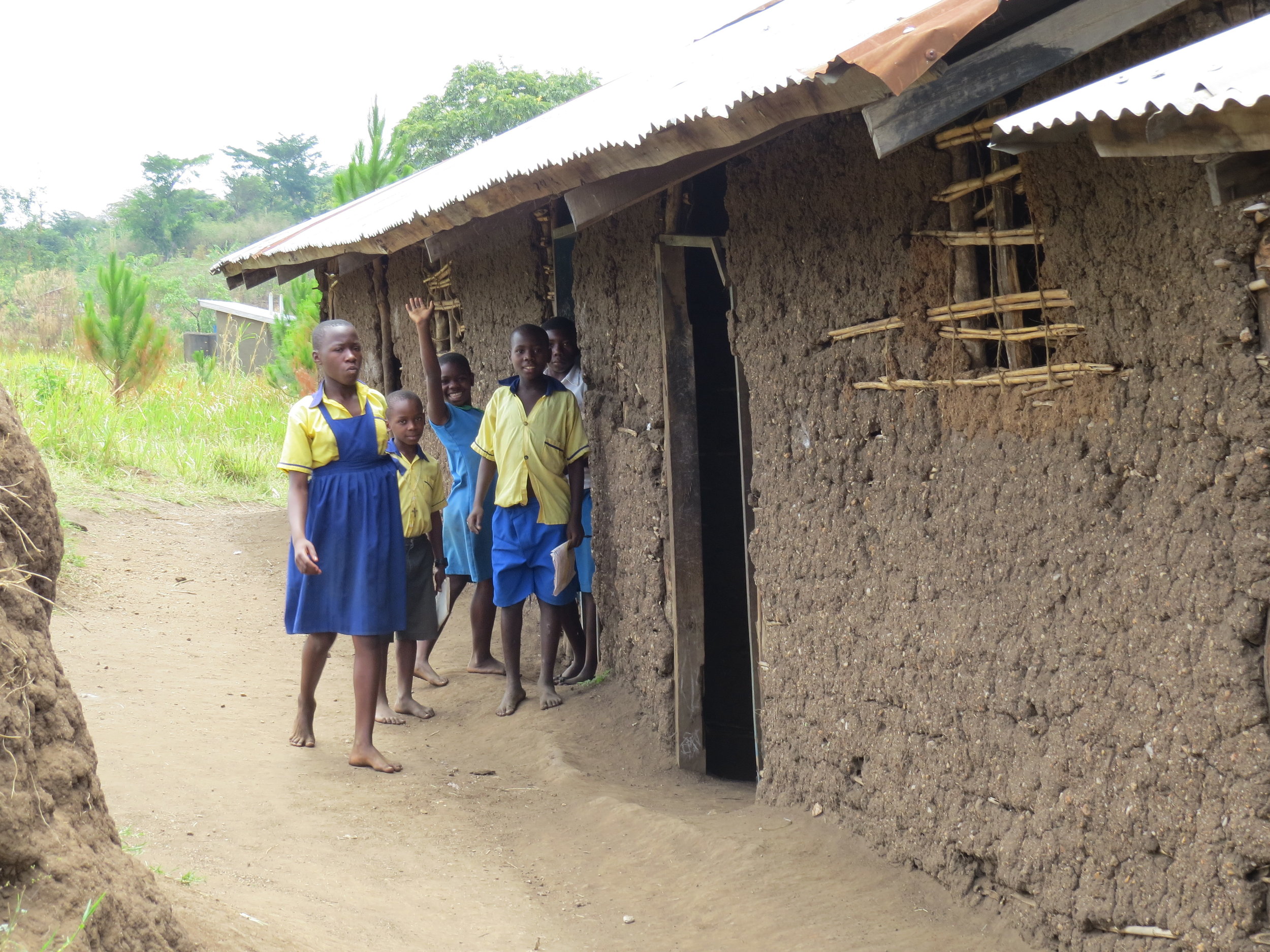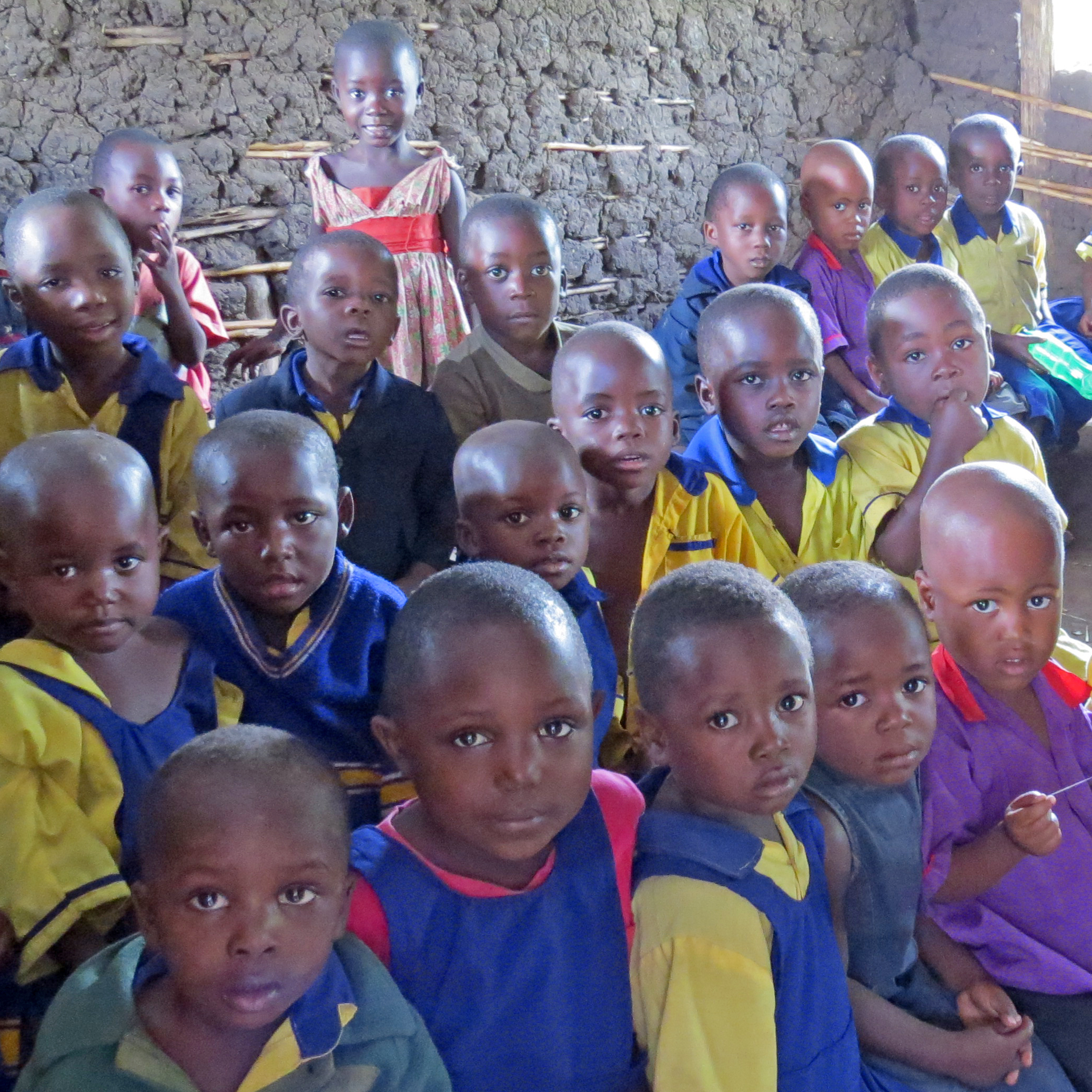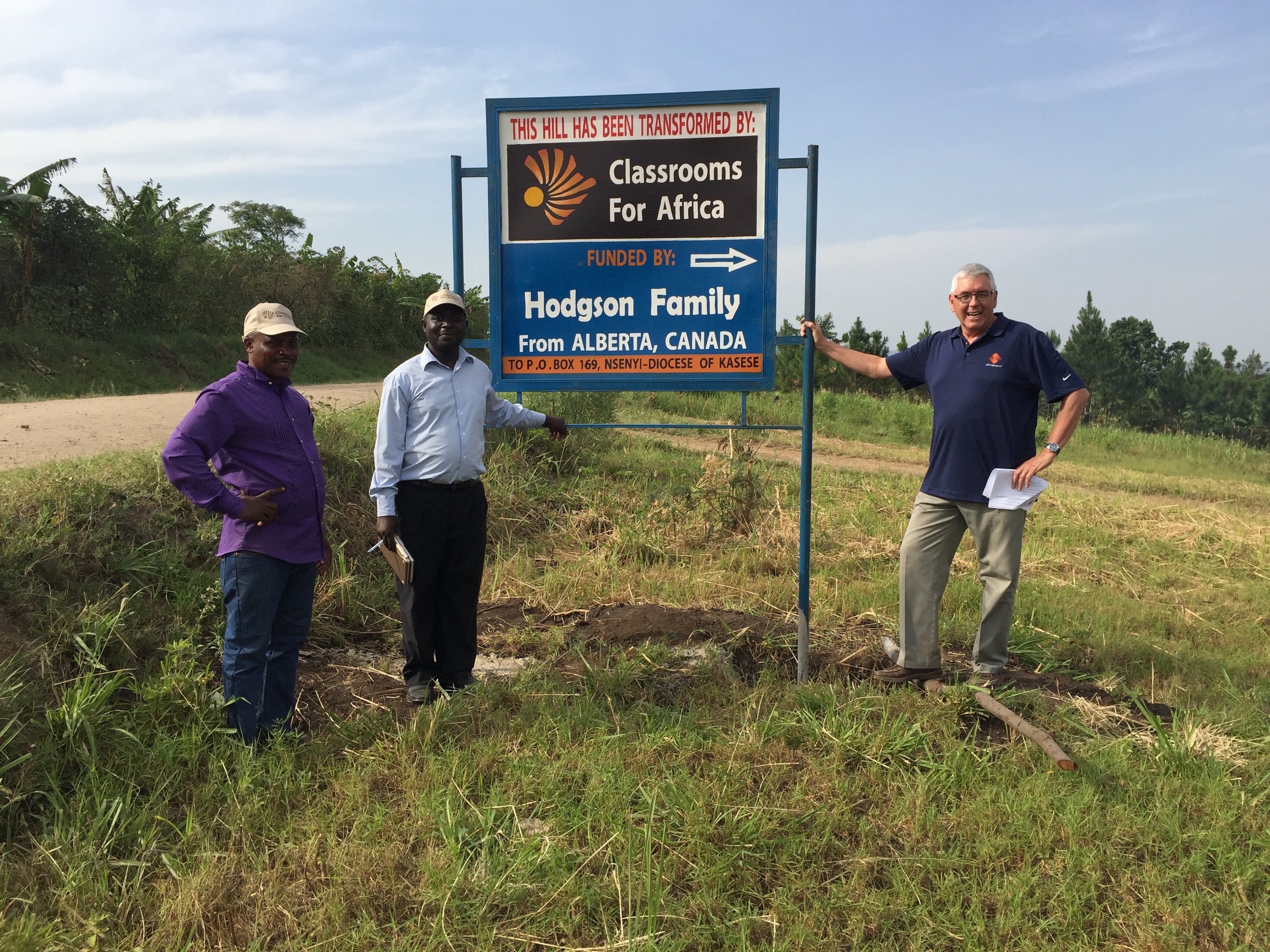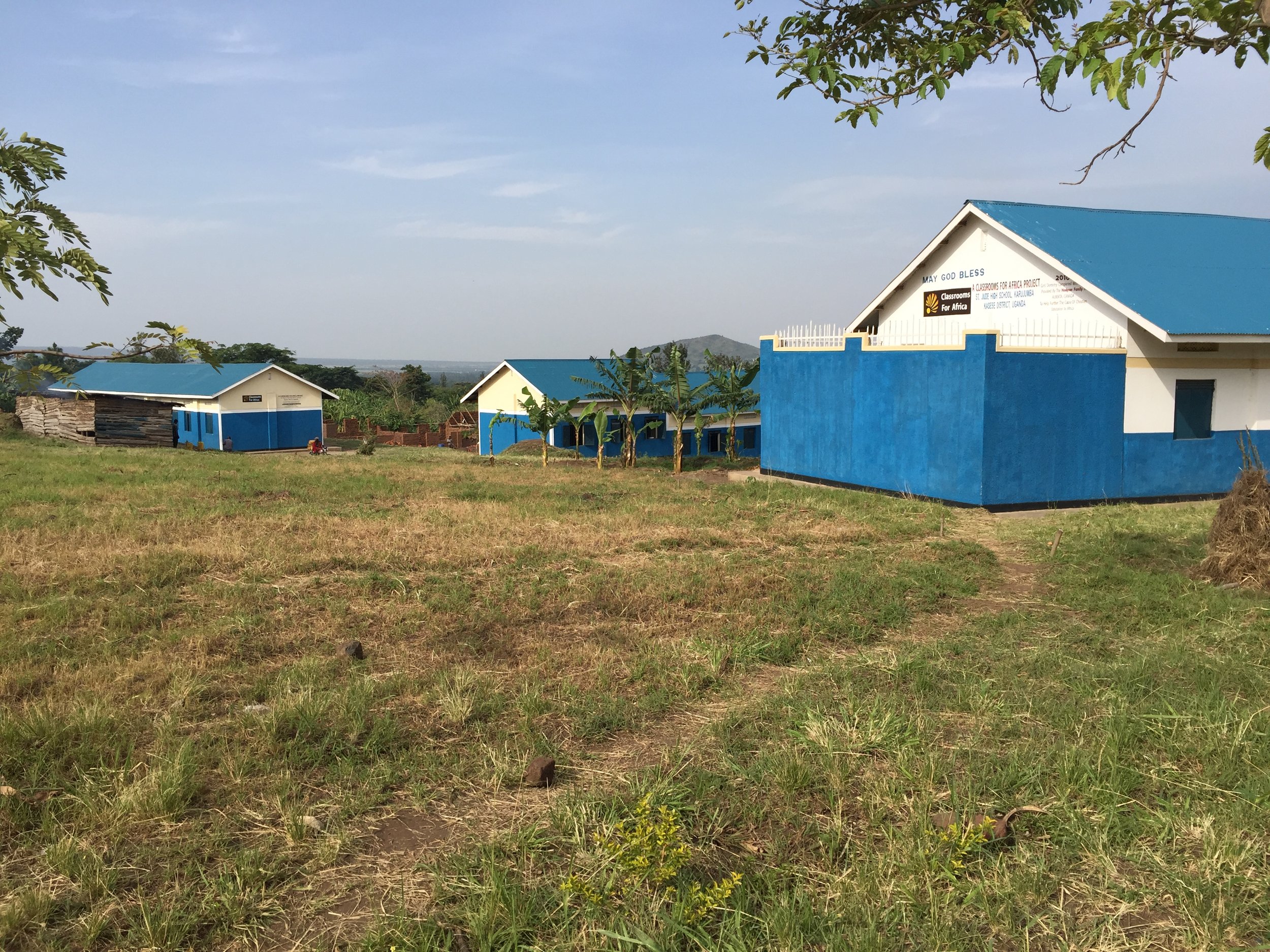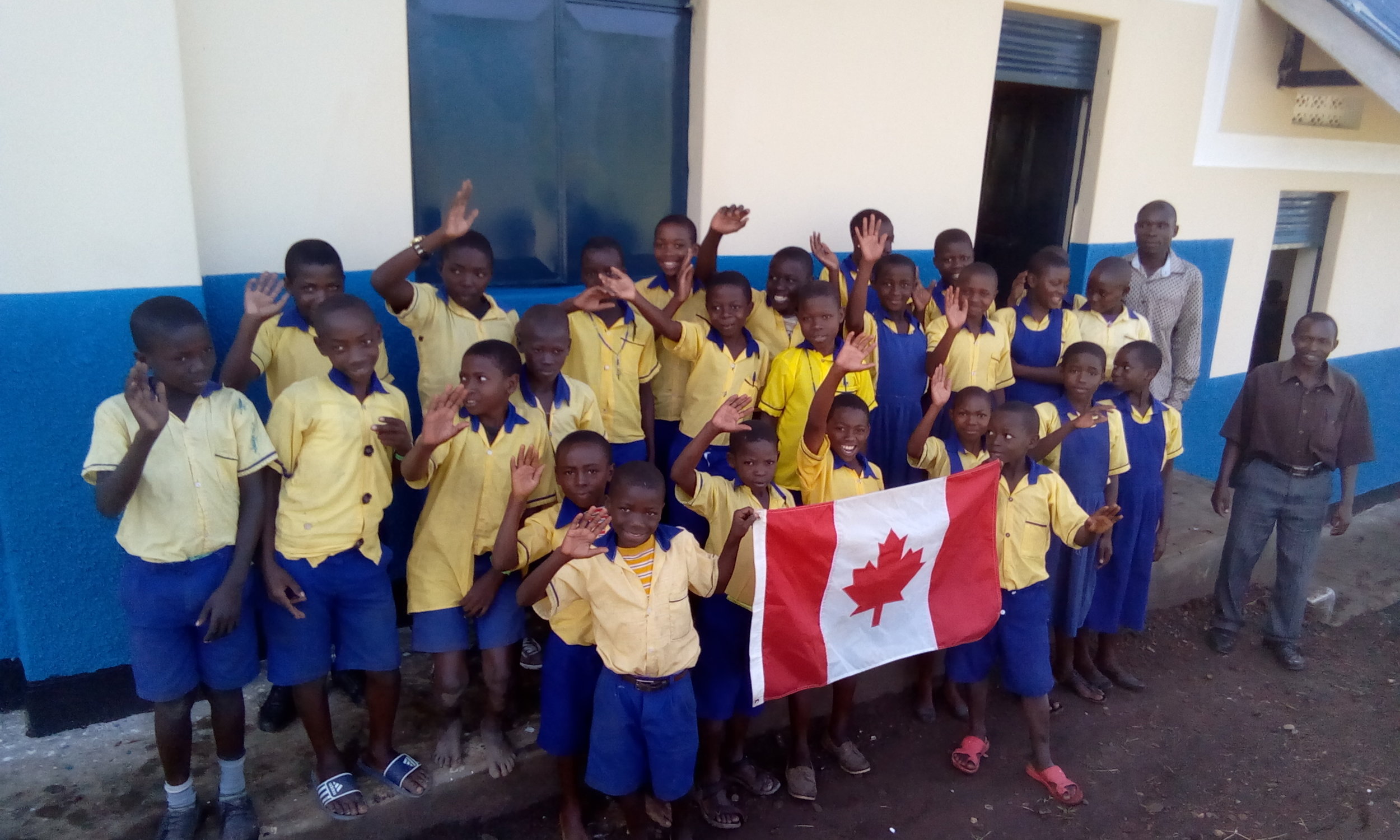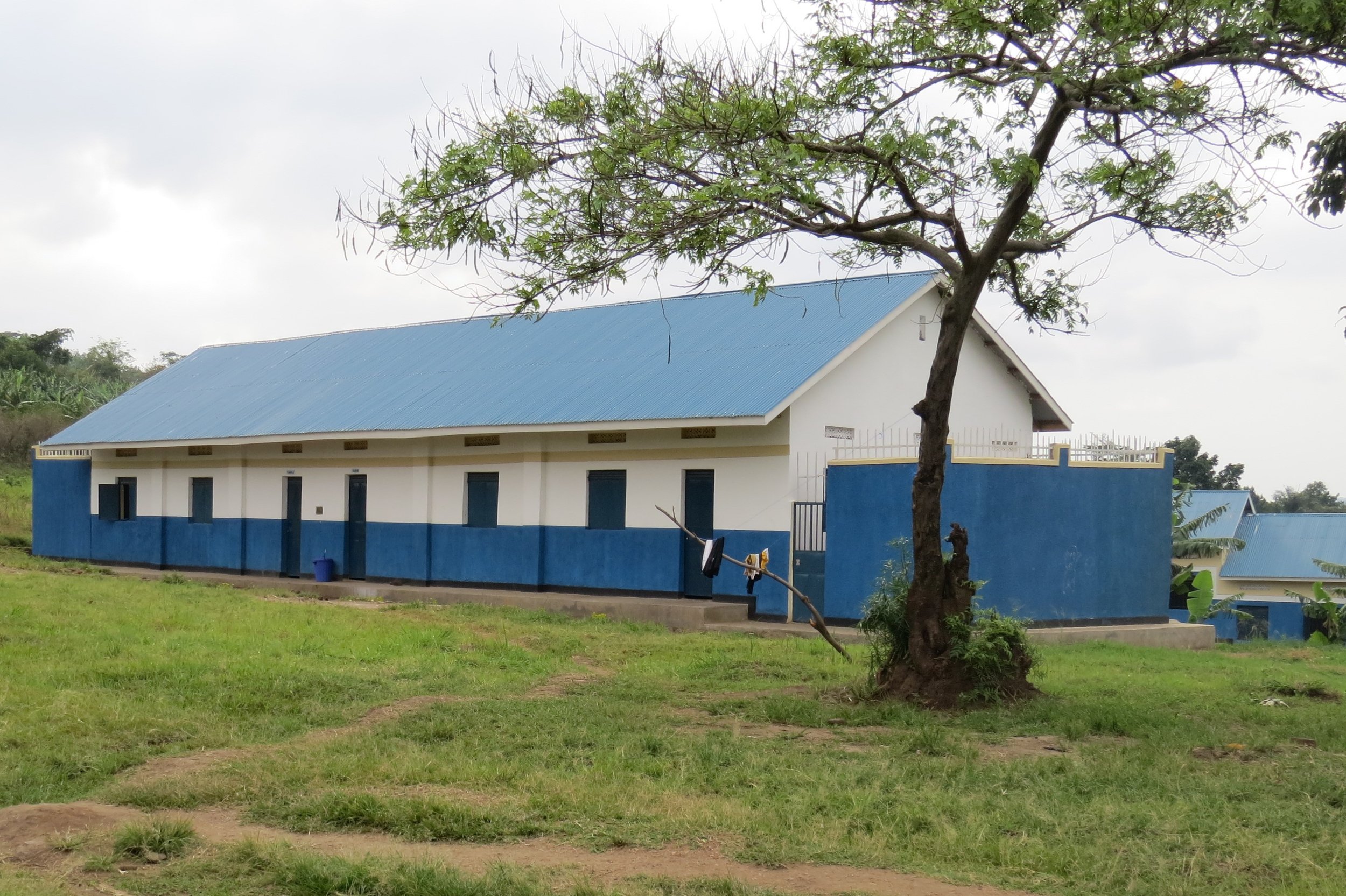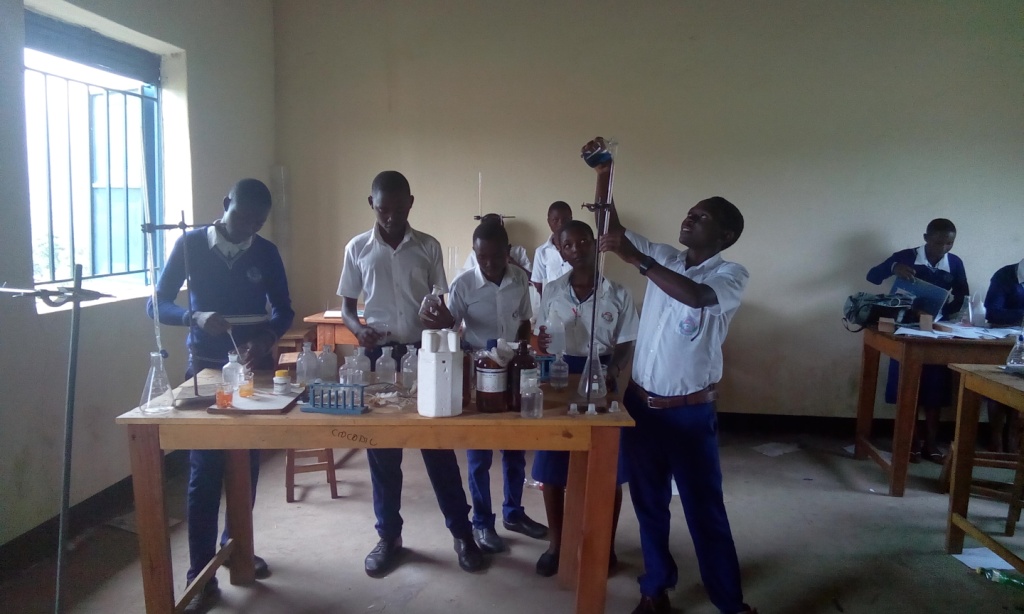Transformation on a Hill
Looking back on our involvement with a hill community in Western Uganda we are amazed at the transformation that has taken place. In early 2015 representatives of Classrooms for Africa were introduced to St. Jude High School in the Kasese District. After a very warm welcome from the students and administration, we learned about the facilities needed for the over 330 students enrolled. St. Jude started in 1999 and lies in the foothills of the Rwenzori Mountains not far from the border with the Democratic Republic of Congo. Many of the students were from disadvantaged homes and many live too far away from the school to commute daily. They lived in the classrooms at night and during spare time made bricks for the building of future facilities.
After visiting the school the Classrooms for Africa visitors became aware of the existence of a St. Francis, a primary school on the same land, which was attempting to educate over 250 children from the youngest Nursery Grades through Grade 7. Classes were held in tin and wood shacks with mud floors. No permanent buildings were on site.
A donor from Alberta was found for the schools and starting in June 2015 Classrooms for Africa was able to provide grants for several projects at both St. Jude High School and St Francis Nursery and Primary School. When the donor visited the projects in June 2017, he saw first hand how the hill community has been transformed by his partnership. At the high school three incomplete classrooms were finished, science laboratories build, as well as a girls’ and a boys’ dormitory. St. Francis received three buildings in all including a block of 4 classrooms, a block of 3 classrooms and a block of classrooms and offices - 10 classrooms in all!
Apart from the visiual transformation on the hill seen by the buildings and landscaping, unseen transformation has also occurred in the students and also the local community.
In a followup survey of the schools in 2018 the school director revealed that:
“ The quality of education has improved because of: lockable storage space for teaching supplies; individual learning promoted because of learning aids like charts being secured; having enough space to allow learner-centred activities; conducive learning environment which improved concentration . . . . . . Students performance in state examinations has improved. Their grades are good as follows: In 2017 86 students sat for the exams: 12 received second class level, 17 received third class, 54 received fourth class and only 3 were ungraded.”
“Community members have worked as builders which has boosted their income and livelihoods; the construction process has provided markets for local materials such as bricks, sand, aggregate stones, timber and other items; young people are in school which improves overall atmosphere in the area. The rate of dropouts has been minimized and overall school enrolment has risen by over 50%. The Illiteracy rate in the community has been reduced.”

